Caltha Cowslip Info: Tips For Growing Marsh Marigold Plants
The perky, yellow, buttercup-like blossoms that appear in moist woodlands and boggy areas are probably marsh marigolds, or Caltha cowslips. They don't need your care but are just there to enjoy.
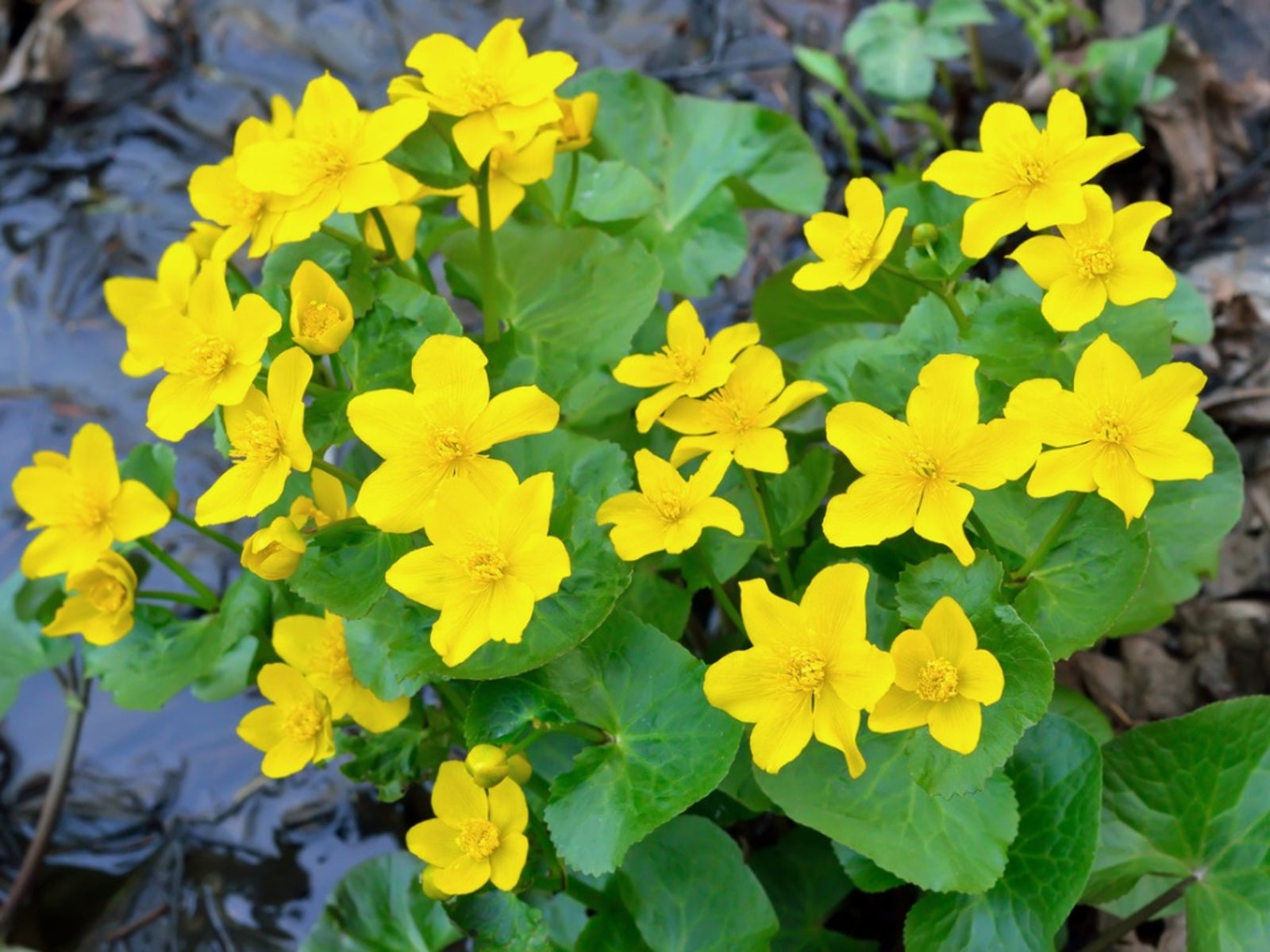

Gardeners living in mountainous areas of the upper southeast and lower Midwestern states may notice perky, yellow buttercup-like blossoms springing up from April to June in moist woodlands and boggy areas. Likely you are seeing marsh marigolds, which may lead you to ask, exactly what are marsh marigolds?
What are Marsh Marigolds?
Not related to traditional garden marigolds, the answer is Caltha cowslip, or in botanical terms, Caltha palustris, a member of the Ranunculaceae family.
These are herbaceous perennial wildflowers or herbs, but not in the traditional sense. The leaves and buds of growing marsh marigold plants are poisonous unless they are cooked with several coverings of water. Legends say they add the yellow color to butter, as they are a favorite of grazing cows.
Caltha cowslip is a 1 to 2 foot (31-61 cm.) perennial with a mounding habit and is a succulent. The flower color of growing marsh marigold plants is on its sepals, as the plant has no petals. Sepals are borne on waxy and attractive green foliage, which may be heart-shaped, kidney-shaped, or rounded.
A smaller species, the floating marsh marigold (C. natans), grows in more northern areas and has sepals of white or pink. This species has a hollow stem which floats on water. These plants make great additions to the moist garden, and as a bonus Caltha cowslip attracts butterflies and hummingbirds.
How and Where to Grow Marsh Marigolds
Growing marsh marigold plants in moist woodlands and near ponds is simple and they need almost no care at all.
The Caltha cowslip basically takes care of itself and is suited only to moist areas with well-draining soil. In fact, any moist or boggy area is appropriate for growing marsh marigolds.
Gardening tips, videos, info and more delivered right to your inbox!
Sign up for the Gardening Know How newsletter today and receive a free copy of our e-book "How to Grow Delicious Tomatoes".
When you are growing marsh marigold plants, don't let the soil dry out. They will survive drought conditions but go dormant and lose their leaves.
Seeds for propagation of the Caltha cowslip form near the end of the bloom period. These can be collected and should be planted when ripe.
Enjoy these naturally growing, bright pops of color in your woodland or natural areas.

Becca Badgett was a regular contributor to Gardening Know How for ten years. Co-author of the book How to Grow an EMERGENCY Garden, Becca specializes in succulent and cactus gardening.
-
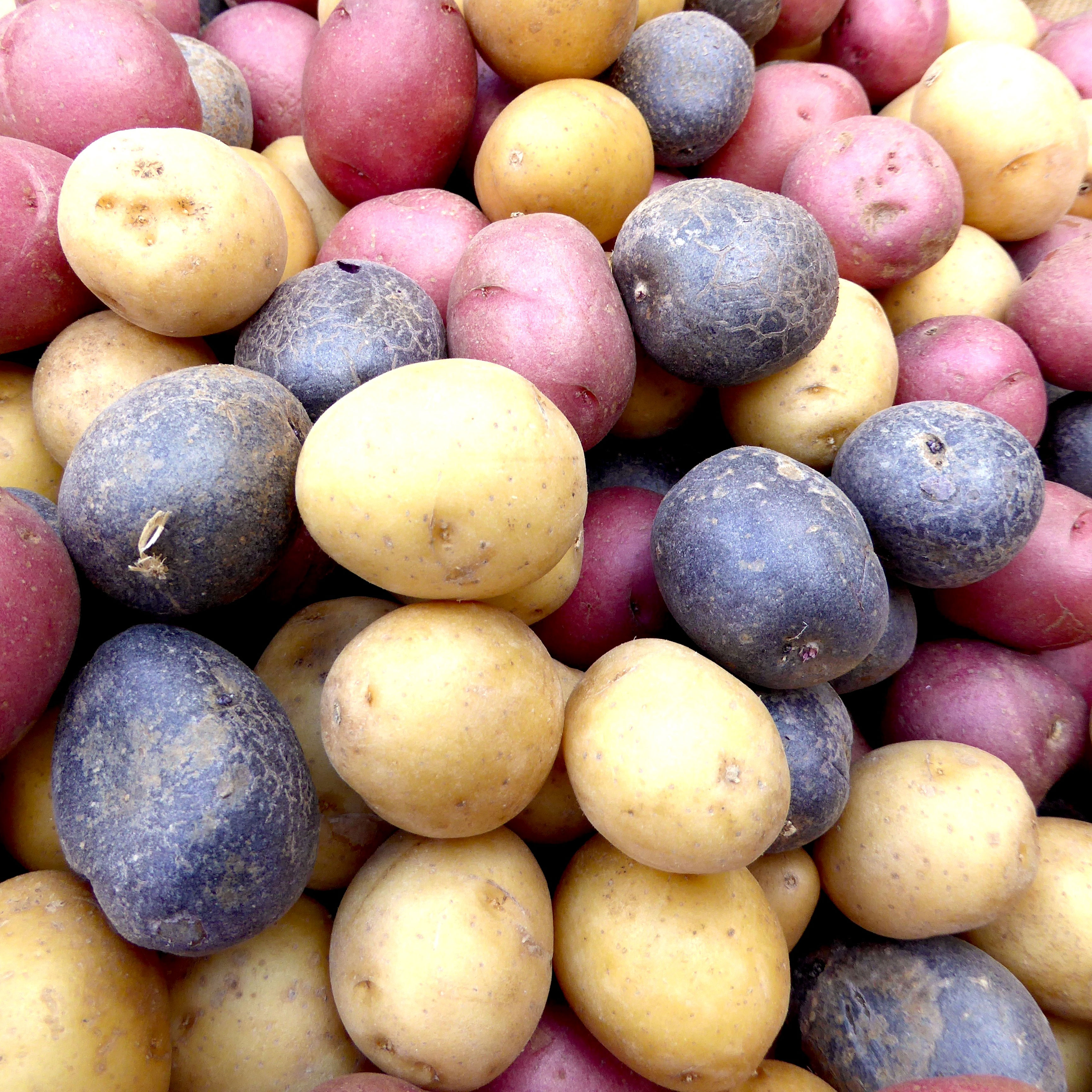 Tuck Into Tasty Homegrown Heritage Spud Varieties: 7 Of The Best Heirloom Potatoes
Tuck Into Tasty Homegrown Heritage Spud Varieties: 7 Of The Best Heirloom PotatoesDo you love your potatoes but fancy a little unique flavor? If you’re interested in taters with a heritage twist, here are some of the best heirloom potatoes to try
-
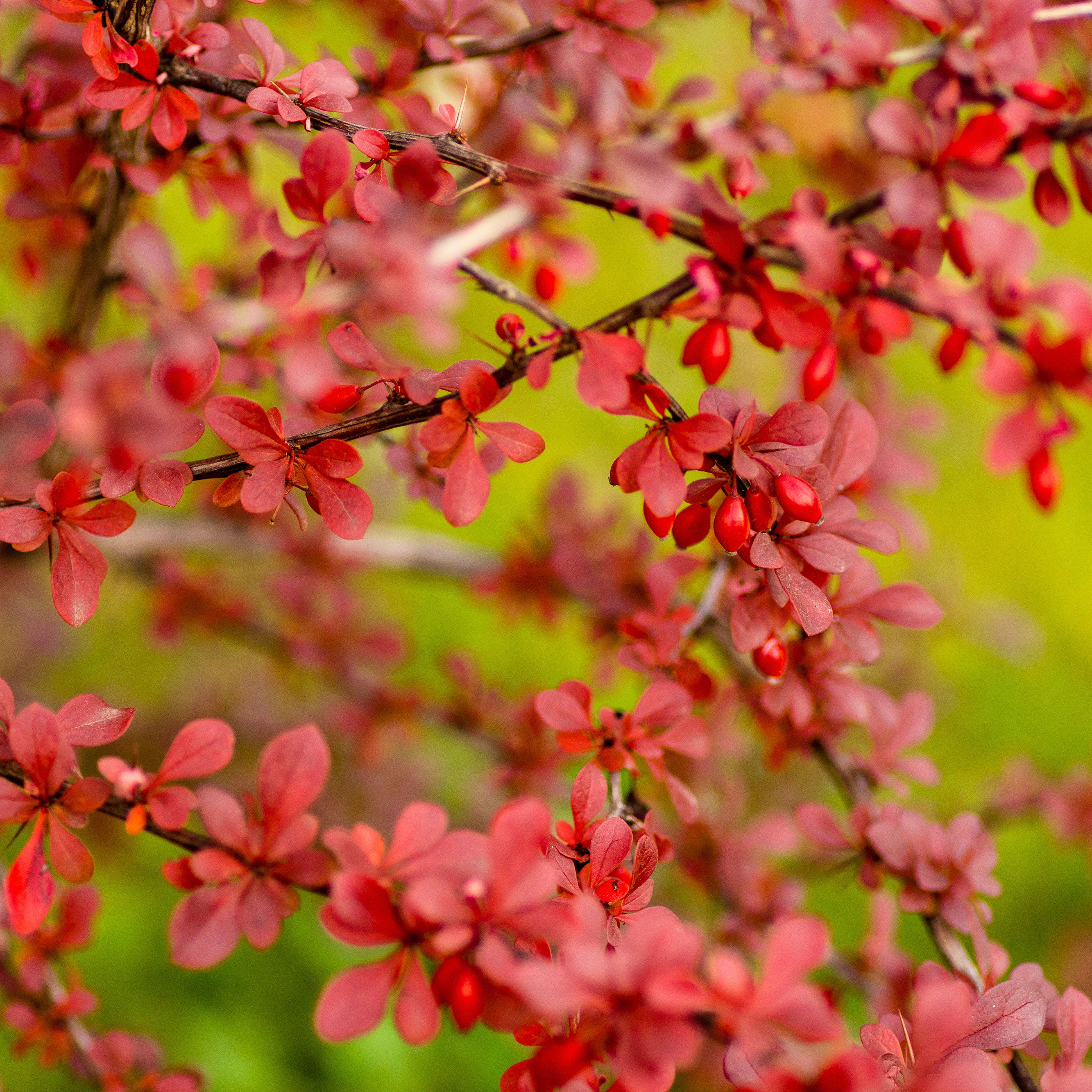 Which Invasive Shrubs Should You Avoid Growing? Plus, Best Natives To Plant Instead
Which Invasive Shrubs Should You Avoid Growing? Plus, Best Natives To Plant InsteadCertain plants may look lovely but they can wreak havoc to local areas and native wildlife. Here are the key invasive shrubs to avoid – with recommendations on gorgeous native alternatives to try
-
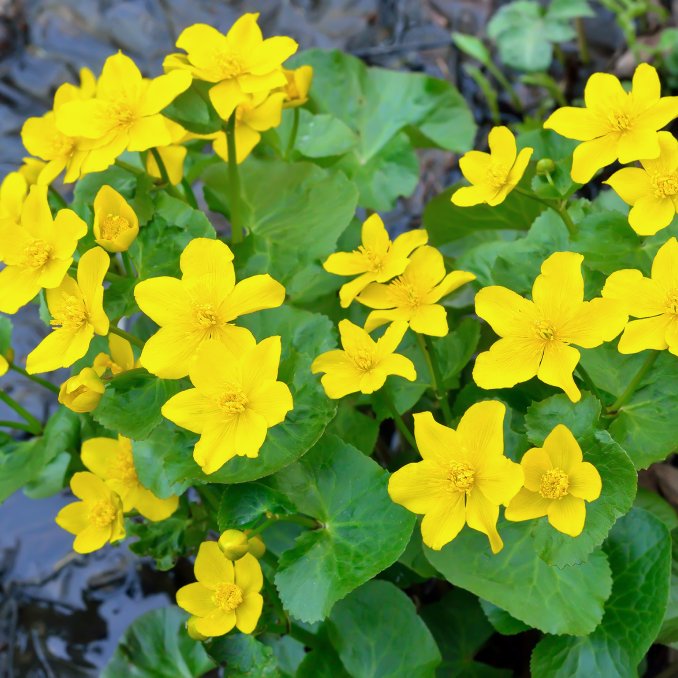 5 Marsh Marigold Lookalikes – And Which Cause The Most Harm
5 Marsh Marigold Lookalikes – And Which Cause The Most HarmMarsh marigolds have several lookalikes, and some of these lovely fast-growing plants can be harmful and invasive. It’s good to know the difference.
-
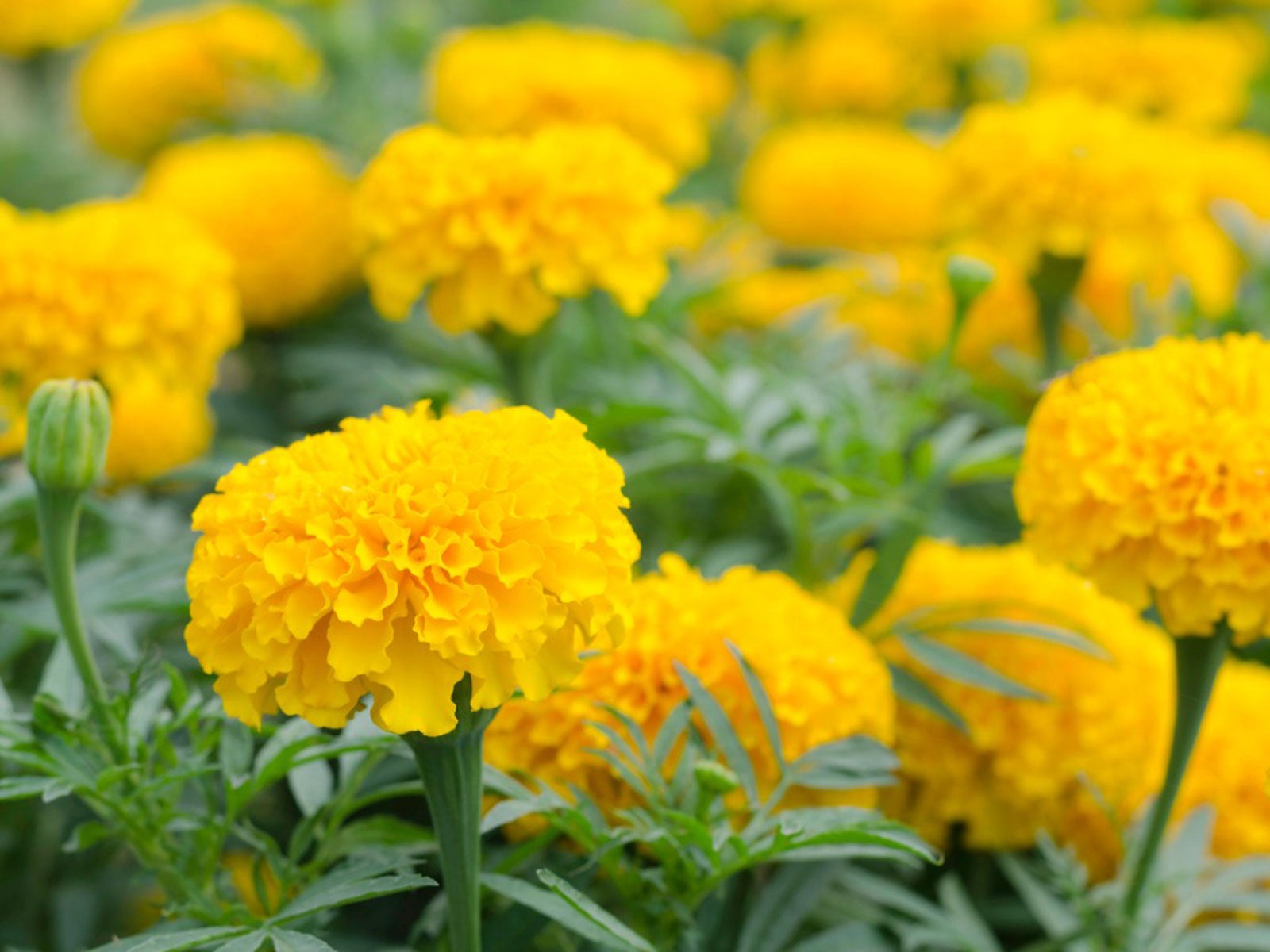 Marigold Flower Uses: Marigold Benefits For Gardens And Beyond
Marigold Flower Uses: Marigold Benefits For Gardens And BeyondMarigolds are appreciated primarily for their beauty, and you may not have considered the many surprising marigold benefits for gardens. Click on the following article to learn about ways to use marigold plants in the garden.
-
 Marigold Vs. Calendula – Difference Between Marigolds And Calendulas
Marigold Vs. Calendula – Difference Between Marigolds And CalendulasIt’s a common question: Are marigold and calendula the same? The simple answer is no. Although both are members of the sunflower family, marigolds and calendula are plants with different genera. Why all the confusion? Find out in this article and how to tell them apart.
-
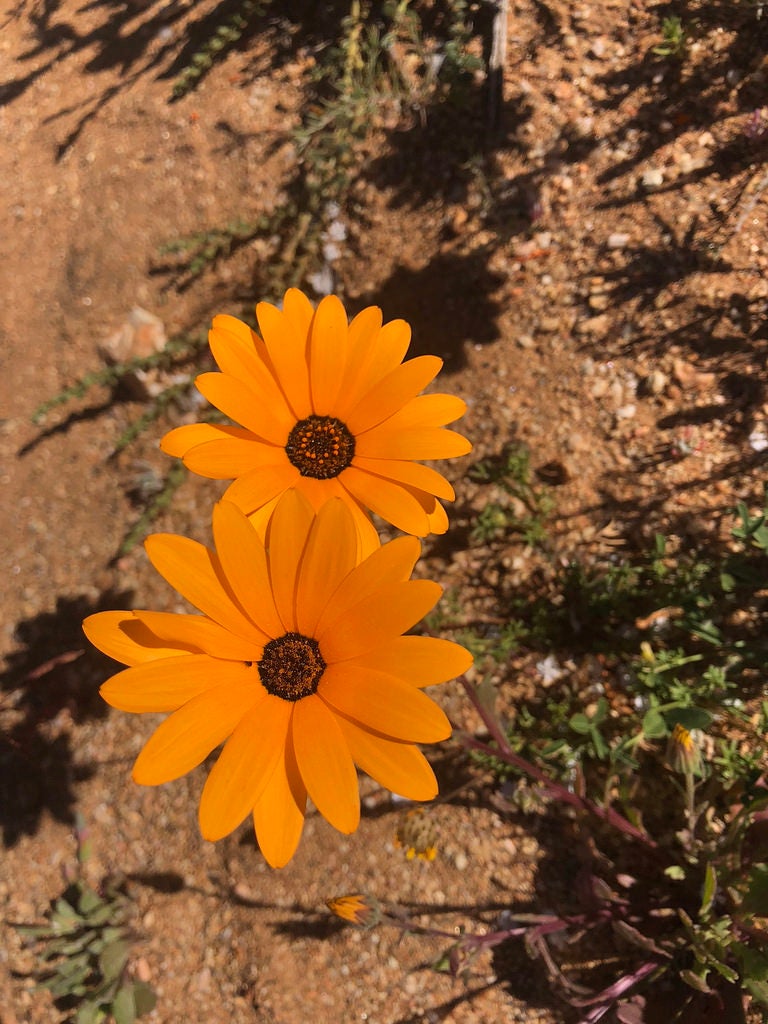 Cape Marigold Propagation – How To Propagate African Daisy Flowers
Cape Marigold Propagation – How To Propagate African Daisy FlowersAlso known as African daisy, cape marigold (Dimorphotheca) is an African native that produces masses of beautiful, daisy-like blooms. Cape marigold propagation is easy if you can provide plenty of sunlight and well-drained soil. Learn how to propagate it here.
-
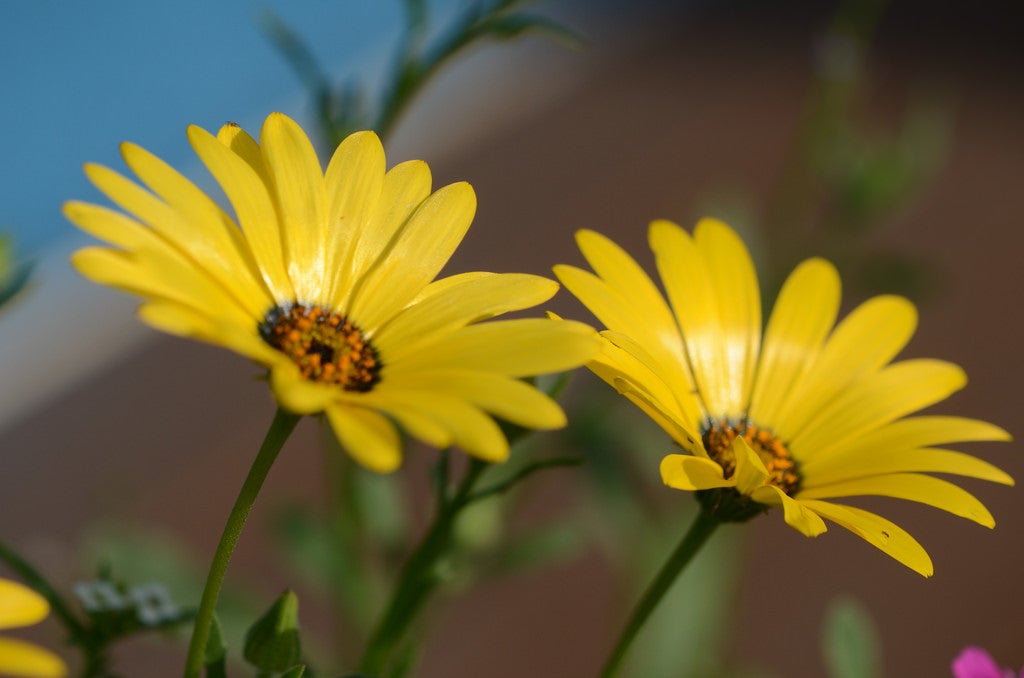 Planting Cape Marigold Seeds: How To Sow Cape Marigold Seeds
Planting Cape Marigold Seeds: How To Sow Cape Marigold SeedsWhere you live and what your climate is like will determine whether you grow cape marigold as a summer or winter annual. Planting cape marigold seeds is an inexpensive way to get started with this pretty flower. This article will help with that.
-
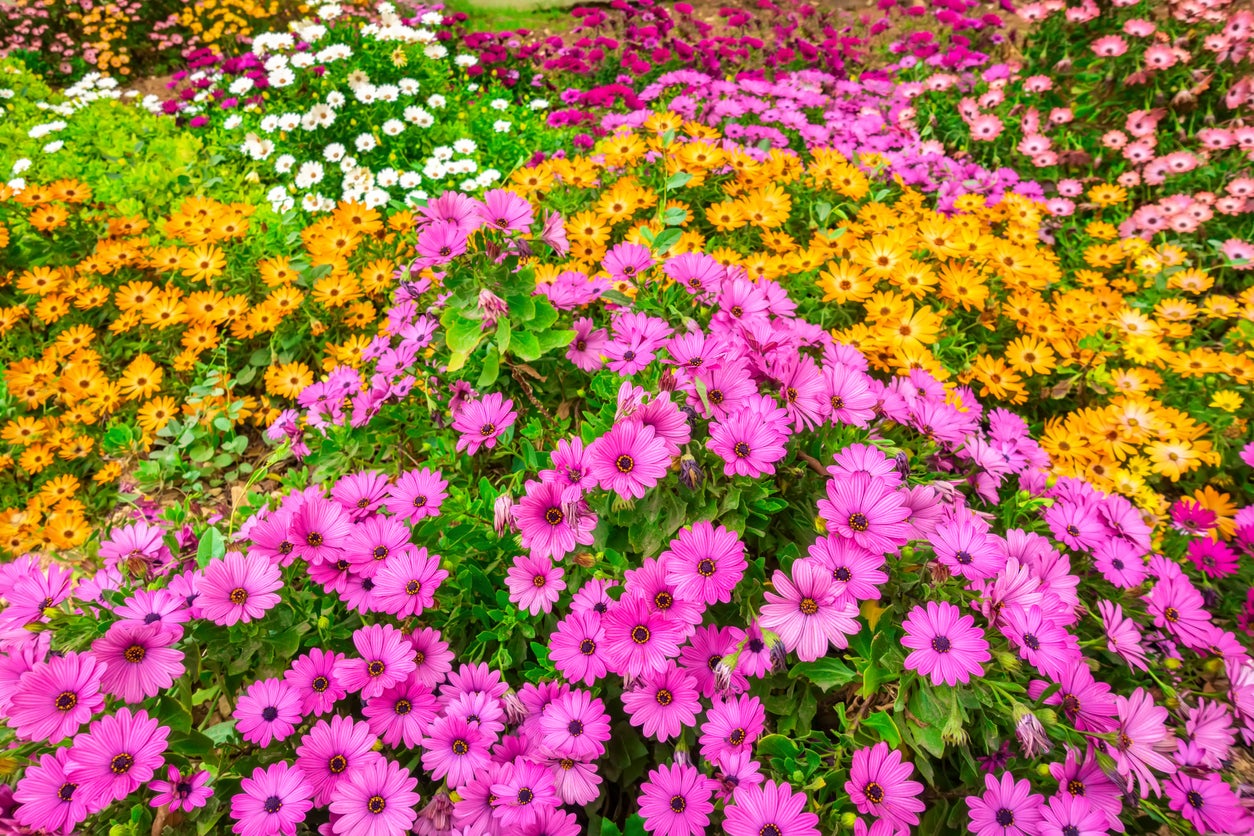 Cape Marigold Varieties: Learn About Different Types Of African Daisies
Cape Marigold Varieties: Learn About Different Types Of African DaisiesCape marigolds are always a go-to plant for container designs. Of course, the key to a perfect container design is selecting the perfect varieties of these annual plants. Take a closer look at some of the many available cape marigold varieties in this article.
-
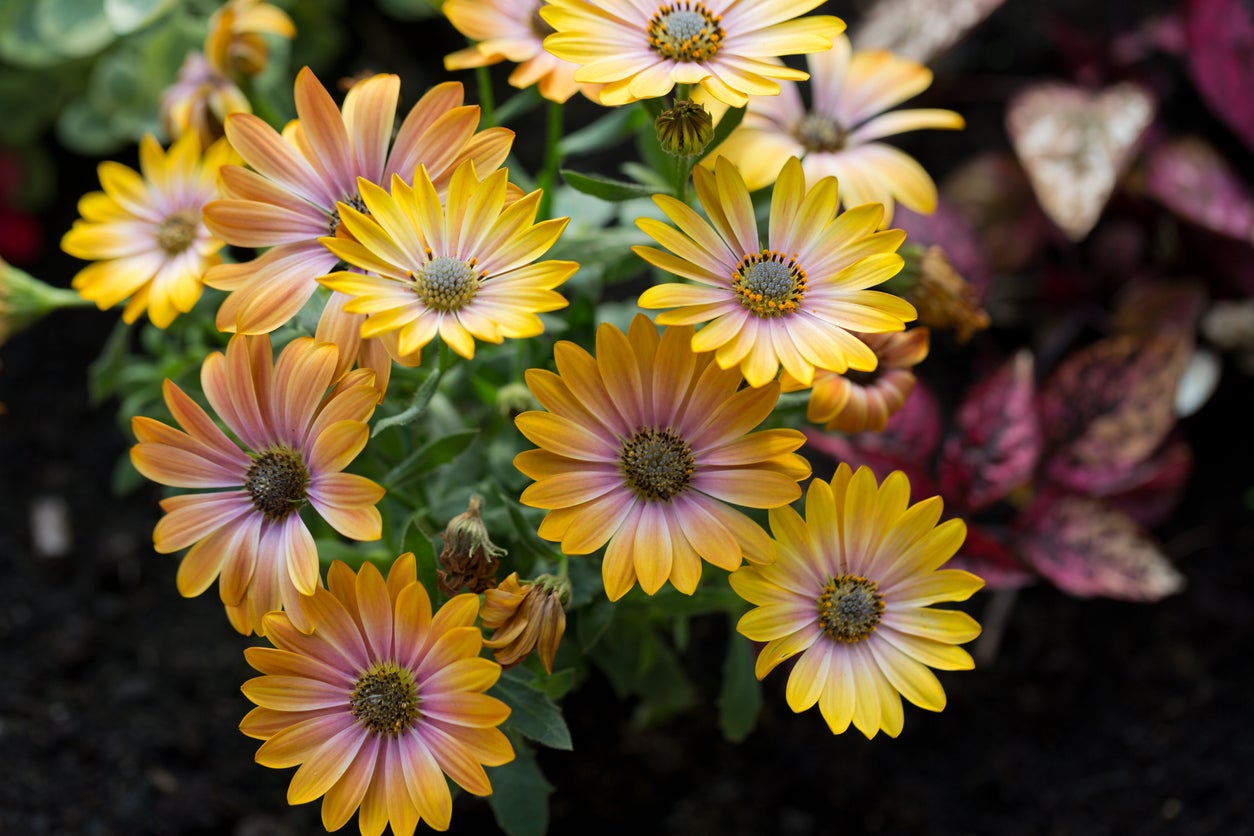 Can You Grow Cape Marigold Cuttings: How To Root Cape Marigold Cuttings
Can You Grow Cape Marigold Cuttings: How To Root Cape Marigold CuttingsIt is easy to get carried away and spend a fortune on small starter cape marigold plants each spring. However, hands-on, budget-minded gardeners may prefer to only buy a few and propagate more cape marigolds from cuttings. This article will help with that.
-
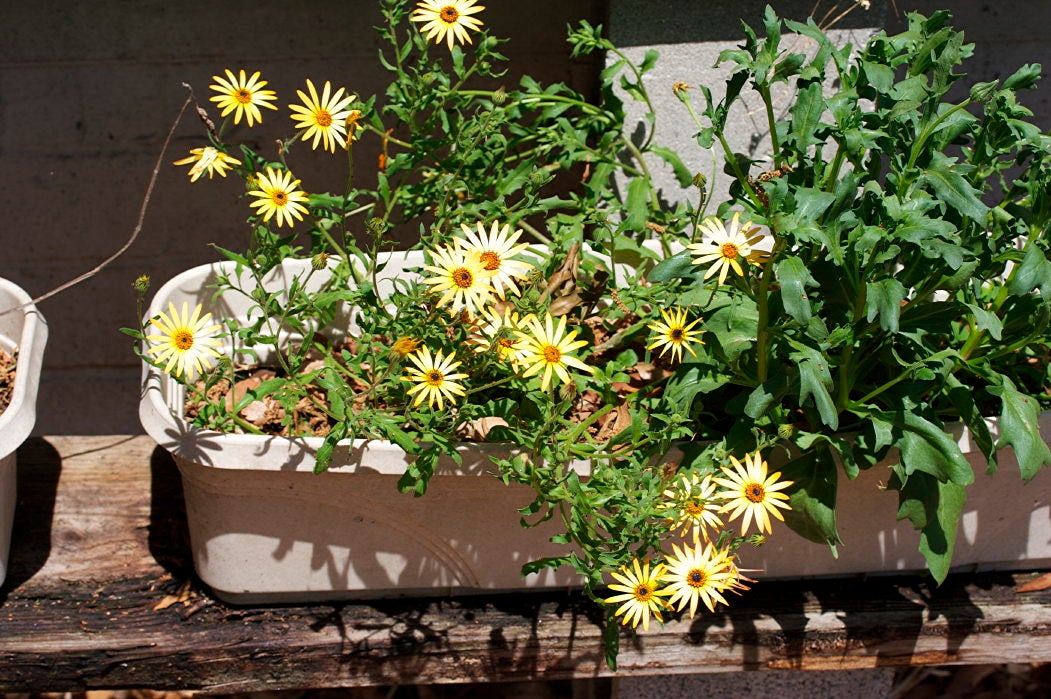 Feeding Cape Marigolds: How To Fertilize Cape Marigolds
Feeding Cape Marigolds: How To Fertilize Cape MarigoldsBeginner gardeners are able to have great success when planting flowers that are robust and tolerant to adverse conditions. The cape marigold, rewards growers with bright and cheerful flowers, and both watering and feeding cape marigolds couldn’t be easier. Learn more here.